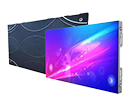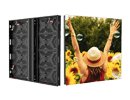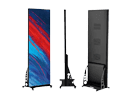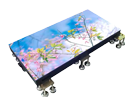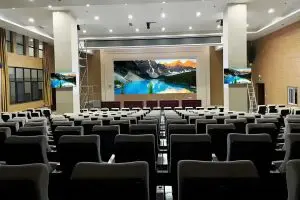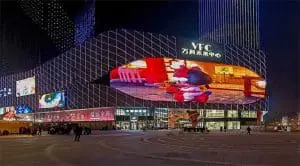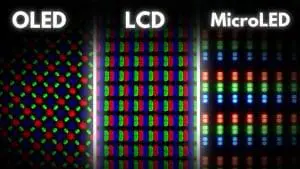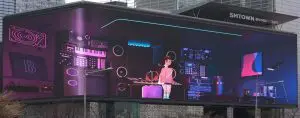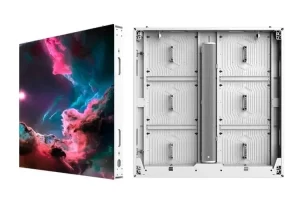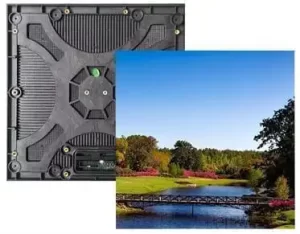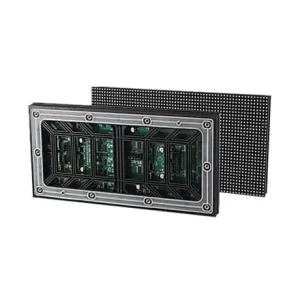Can LED walls be used indoors? Absolutely. In fact, LED walls have become one of the most popular display solutions for indoor environments ranging from corporate offices to entertainment venues. Their vibrant visuals, flexible designs, and advanced features make them a perfect fit for indoor spaces looking to create an immersive visual experience.
LED walls work so well indoors, the variety of applications, what features make them suitable, and how to choose the right indoor LED wall for your needs.
Why LED Walls Are Ideal for Indoor Use
Indoor LED walls offer some unique advantages compared to traditional screens or projectors. Here are some reasons they shine indoors:
- Exceptional Brightness and Clarity: Unlike projectors that rely on ambient lighting conditions, LED walls provide bright, vivid images visible even in well-lit rooms.
- Customizable Sizes and Shapes: Modular LED panels allow building walls that perfectly fit the room dimensions, from large video walls to smaller displays.
- Seamless Visuals: With virtually no bezels, LED walls create smooth, uninterrupted images, enhancing viewer engagement.
- Durability: Designed for continuous use, indoor LED walls withstand hours of operation with minimal maintenance.
- Energy Efficiency: Advanced LEDs consume less power and generate less heat than older display technologies, making them suitable for indoor environments without straining HVAC systems.

Common Indoor Applications of LED Walls
Indoor LED walls have found their way into a wide range of spaces, including:
- Corporate Meeting Rooms and Boardrooms: For presentations, video conferencing, and data visualization.
- Retail Stores: Eye-catching digital signage and dynamic product displays.
- Museums and Galleries: Interactive exhibits and immersive storytelling.
- Event Spaces and Theaters: Backdrops, live feeds, and stage effects.
- Control Centers: Real-time monitoring with high-resolution data displays.
- Education Facilities: Lecture halls and digital classrooms with interactive content.
Technical Features to Consider for Indoor LED Walls
When selecting an LED wall for indoor use, certain technical aspects are essential to ensure optimal performance:
| Feature | Description | Importance for Indoor Use |
| Pixel Pitch | Distance between LEDs, measured in millimeters. | Smaller pitch (1.2mm – 2.5mm) ensures close-up clarity for indoor viewing. |
| Brightness (nits) | Intensity of light output. | Moderate brightness (800-1500 nits) is enough for indoor environments, avoiding glare. |
| Refresh Rate | How often the image is updated per second. | Higher refresh rates (≥1920Hz) reduce flicker, ideal for video and camera recording. |
| Viewing Angle | Range from which the image remains clear and vivid. | Wide viewing angles (≥140°) ensure good visibility from all parts of a room. |
| Installation Type | Wall-mounted, hanging, or freestanding. | Flexibility in installation allows customization to room design. |
Benefits of Using LED Walls Indoors Over Other Technologies
Compared to LCD panels or projectors, indoor LED walls stand out for multiple reasons:
- No Bezel Disruptions: LCD video walls have visible edges between screens, breaking the visual flow. LED walls are virtually seamless.
- Better Viewing in Bright Rooms: Projectors struggle in rooms with ambient light, while LEDs maintain image quality.
- Longevity: LEDs generally last longer and require less maintenance than projector lamps or LCD backlights.
- Flexible Form Factor: LED modules can be assembled into creative shapes and sizes to suit unique indoor spaces.
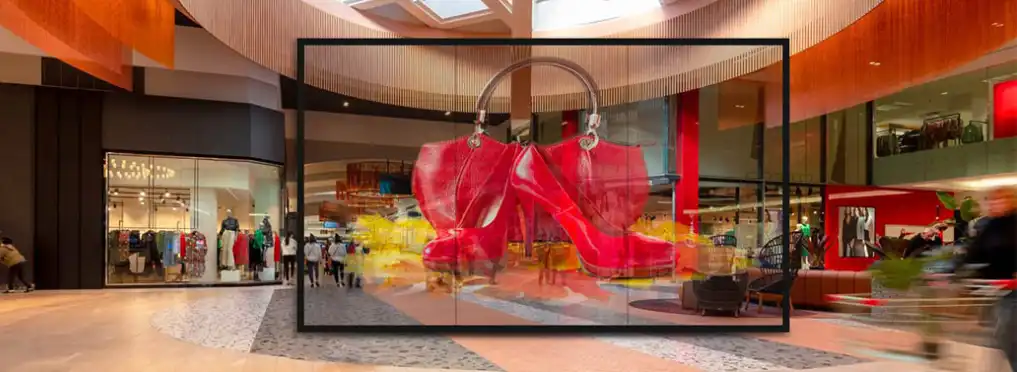
Installation Tips for Indoor LED Walls
- Evaluate the Room Lighting: Balance LED brightness with ambient light to avoid eye strain.
- Plan for Ventilation: Though LED walls generate less heat, adequate airflow prolongs lifespan.
- Consider Viewing Distance: Smaller pixel pitches are necessary for rooms where viewers are close.
- Prepare Structural Support: Ensure walls or frames can support the weight of LED panels.
- Engage Professionals: Working with experienced installers ensures proper calibration and seamless integration.
Challenges to Keep in Mind
While indoor LED walls offer many advantages, some challenges include:
- Initial Cost: Higher upfront investment compared to traditional displays.
- Space Requirements: Even slim panels need space for installation and access.
- Content Management: Dynamic content requires planning and appropriate software.
Case Study Snapshot: Indoor LED Wall Uses
| Location | Purpose | LED Wall Features |
| Corporate HQ | Executive boardroom presentations | 1.5mm pixel pitch, 1200 nits brightness, touch capability |
| Retail Flagship | Dynamic product promotion | Curved design, 2.0mm pixel pitch, wide viewing angle |
| Museum Exhibit | Interactive storytelling | Modular setup, integrated sensors, 1080p resolution |
| University Lecture Hall | Visual aid for lectures | Large size, high refresh rate, 1.2mm pitch |
Future Trends for Indoor LED Walls
Indoor LED walls continue to evolve, with trends including:
- Micro-LED Technology: Even smaller pixel pitches with better color accuracy.
- Flexible and Transparent LED Panels: New form factors for creative designs.
- AI-Driven Content Management: Automated adjustments for audience engagement.
- Energy Optimization: Smarter power consumption with ambient sensing.
Frequently Asked Questions
- Are LED walls safe for indoor environments?
Yes, modern indoor LED walls are designed with safety certifications and emit low heat and light radiation.
- How long do indoor LED walls last?
Typically, over 100,000 hours with proper maintenance.
- Can LED walls be used in small rooms?
Absolutely, with pixel pitches designed for close viewing distances.
- Do indoor LED walls require special maintenance?
Minimal — mostly cleaning and occasional module replacement.
- Can LED walls support interactive features indoors?Yes, touch and motion sensing are increasingly common in indoor LED installations.
Indoor LED walls unlock a world of possibilities for enhancing visual communication inside buildings. Their adaptability, striking image quality, and modularity make them a favorite choice for creating impactful environments — no matter the room size or purpose.

